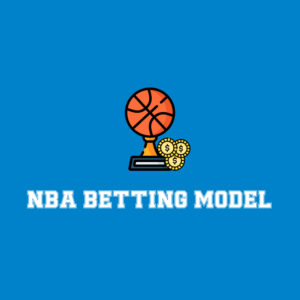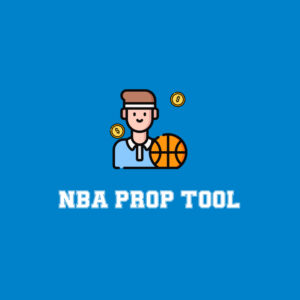
Every Monday, I find myself in a bit of NFL data purgatory. We’re waiting for the week to come to a proper ending and the data is still yet to be finalized. It’s a great time, however, to look at some historical trends and do some digging on some things we can leverage in the upcoming week.
This piece will be out on Tuesdays but won’t have the same format or topic each week. The formula will change as I poke around with the data we have access to here. It’ll just be my musings on something that caught my eye. If there’s something to it, I’ll give you some way to leverage the conclusions in fantasy for the upcoming week.
Why team travel and home-field advantage?
One thing that I wanted to do when starting this piece was to quantify things that you think are important from watching the games. With aYFOG, you know that when a team is running a lot of plays in their opponent’s territory that they’re likely winning or, at the very least, scoring a lot of points. When you’re watching a kickoff and you see a guy take it out from 7 yards deep to get tackled at their own 16-yard line, you know that’s not the best decision for the team.
We often look for these bite-sized trends or rules when justifying why we make the decisions that we do in fantasy. When you watch pregame shows or listen to broadcasts, announcers will often bring up how difficult it is to travel East and win. We’ll take a look at how teams perform relative to their Vegas-based expectations to see if there’s anything there. We also have to look at lines from the perspective of trying to figure out what’s baked in and where our edges lie.
Whether we believe something is almost irrelevant in this case. If we think our edge is from incorporating something into our model that Vegas doesn’t account for, and Vegas does account for it, then we are either multiplying or dividing our edge. It’s very hard to know what is or isn’t baked into lines, or at least the degree to which information or data is included.
Home-Field Advantage
The simple explanation that’s used is that home-field advantage is worth 3 points in the NFL. There are a multitude of reasons for why home-field could be real — Inconvenience of travel, not sleeping in your own bed, and being off your routine are all physiological and psychological reasons for it. Another explanation is crowd noise. And we had a rare opportunity in 2020 to see what Vegas did when most stadiums were empty or had very limited capacity.
With no and/or limited crowds in 2020, we saw visitors’ spreads (on average) plummet. The average visitor spread from 2000 to 2019 was +2.48. In 2020, that number dropped down to +1.4 and, in a small sample, has swung in the complete opposite direction this year. That would imply that crowd noise and the crowd’s effect on refs are worth close to a point. Outside of the crowd effects, there is obviously variation in team strength at play here, too.
None of these numbers are particularly shocking. New England being clear of the rest of the league by over 1.2 points in this category is a real testament to how good the Patriots were over that stretch. It’s clear, from looking at the data, that there shouldn’t be a “one size fits all” approach to the question of home field advantage. It’s a sliding scale that requires a look at team strength for at least one of its components.
Team Travel
Going from west to east, I numbered the time zones 3, 2, 1, 0, with 3 being Pacific Time and 0 being Eastern Time. To figure out where and how far teams are traveling, you subtract the visiting team’s time zone from the home team’s time zone. It’s important to note that over 40% of the games played in our sample have been 0s in terms of travel — a significant portion of NFL teams are on Eastern Time.
It makes sense that we would see some differences in spreads based on sample sizes. The smaller samples can be skewed by a few outliers. When you look at each category specifically, it’s a bit jumbled because of those sample issues. When you break it down into our three major categories, though, it’s clear that the takeaway is that teams traveling West-East are larger underdogs than those traveling East-West.
The teams that go East to West outperform the teams that go from West to East in our sample in terms of covering the spread they’re faced with.
Travel hasn’t changed much, if at all, since then but the league has changed in general since the start of the 2000 season.
East Coast teams traveling to face off against West Coast teams have fared much better since the start of 2015. Whether visiting teams beat their implied team totals is basically irrelevant when broken down by travel category.
The difference between teams traveling West-East and East-West is less than a half point, so not necessarily something that should be factored into your decision-making process.
Takeaways
We talk ourselves into these narratives and these beliefs on a regular basis. Teams traveling in X direction play poorly, so we should bet against them…Y team is traveling West-East, so we should bench Z player. The only part of this that even resembles an edge would be Eastern time zone teams covering the spread in the Pacific time zone at a pretty healthy clip since 2015. Even that, though, could be swayed by a couple of outperforming teams, given the small sample sizes we’re dealing with for that particular cohort.
In reality, the lines that we have access to have all of these things baked in already. Especially by the end of the week, the market has settled at the most efficient price we’re going to get. If you’re looking at Vegas data to make lineup decisions, you shouldn’t be double-counting these factors. It’s a problem in DFS, season-long, and betting. Once the projections are made, that should be the extent to which you’re factoring these things into your process. There’s just not enough of an edge relative to what’s already being accounted for in the lines or projections.

































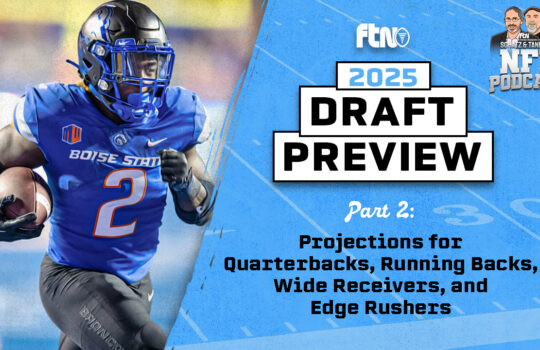

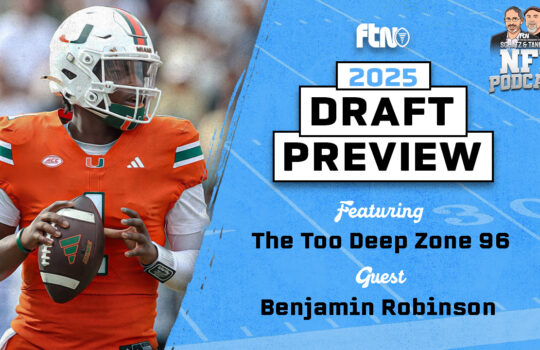









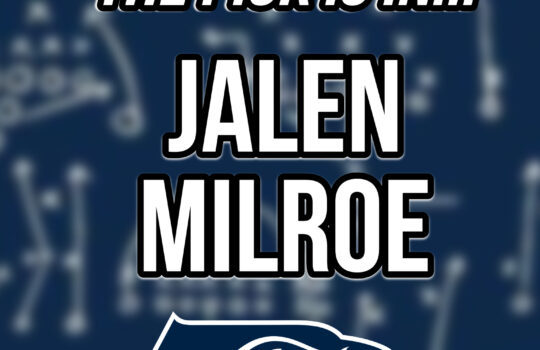

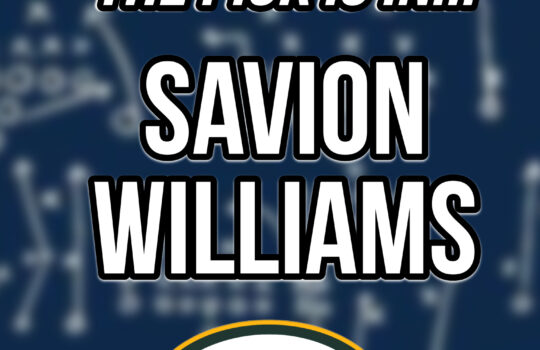
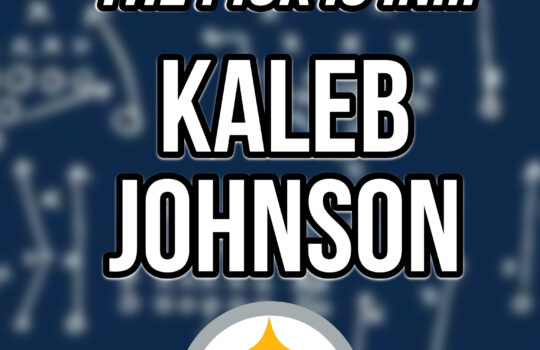

 New York Jets
New York Jets  New England Patriots
New England Patriots  Miami Dolphins
Miami Dolphins  Buffalo Bills
Buffalo Bills  Pittsburgh Steelers
Pittsburgh Steelers  Cleveland Browns
Cleveland Browns  Cincinnati Bengals
Cincinnati Bengals  Baltimore Ravens
Baltimore Ravens  Tennessee Titans
Tennessee Titans  Jacksonville Jaguars
Jacksonville Jaguars  Indianapolis Colts
Indianapolis Colts  Houston Texans
Houston Texans  Las Vegas Raiders
Las Vegas Raiders  Los Angeles Chargers
Los Angeles Chargers  Kansas City Chiefs
Kansas City Chiefs  Denver Broncos
Denver Broncos  Washington Commanders
Washington Commanders  Philadelphia Eagles
Philadelphia Eagles  New York Giants
New York Giants  Dallas Cowboys
Dallas Cowboys  Minnesota Vikings
Minnesota Vikings  Green Bay Packers
Green Bay Packers  Detroit Lions
Detroit Lions  Chicago Bears
Chicago Bears  Tampa Bay Buccaneers
Tampa Bay Buccaneers  New Orleans Saints
New Orleans Saints  Carolina Panthers
Carolina Panthers  Atlanta Falcons
Atlanta Falcons  San Francisco 49ers
San Francisco 49ers  Seattle Seahawks
Seattle Seahawks  Los Angeles Rams
Los Angeles Rams  Arizona Cardinals
Arizona Cardinals 
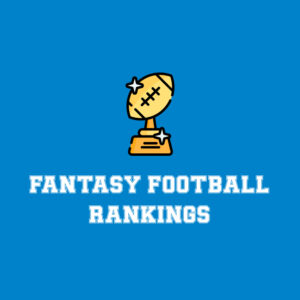
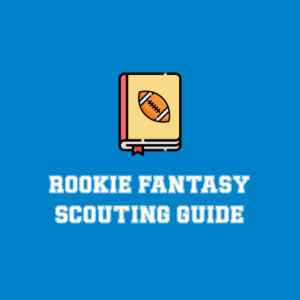
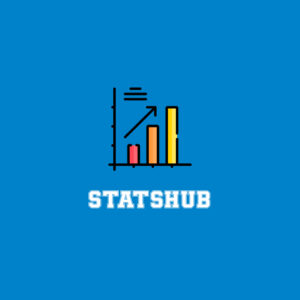





 Boston Celtics
Boston Celtics  Brooklyn Nets
Brooklyn Nets  Philadelphia 76ers
Philadelphia 76ers  New York Knicks
New York Knicks  Toronto Raptors
Toronto Raptors  Chicago Bulls
Chicago Bulls  Detroit Pistons
Detroit Pistons  Milwaukee Bucks
Milwaukee Bucks  Cleveland Cavaliers
Cleveland Cavaliers  Indiana Pacers
Indiana Pacers  Orlando Magic
Orlando Magic  Atlanta Hawks
Atlanta Hawks  Charlotte Hornets
Charlotte Hornets  Miami Heat
Miami Heat  Washington Wizards
Washington Wizards  Denver Nuggets
Denver Nuggets  Minnesota Timberwolves
Minnesota Timberwolves  Oklahoma City Thunder
Oklahoma City Thunder  Portland Trail Blazers
Portland Trail Blazers  Utah Jazz
Utah Jazz  LA Clippers
LA Clippers  Golden State Warriors
Golden State Warriors  Los Angeles Lakers
Los Angeles Lakers  Phoenix Suns
Phoenix Suns  Sacramento Kings
Sacramento Kings  Dallas Mavericks
Dallas Mavericks  Houston Rockets
Houston Rockets  Memphis Grizzlies
Memphis Grizzlies  New Orleans Pelicans
New Orleans Pelicans  San Antonio Spurs
San Antonio Spurs 
